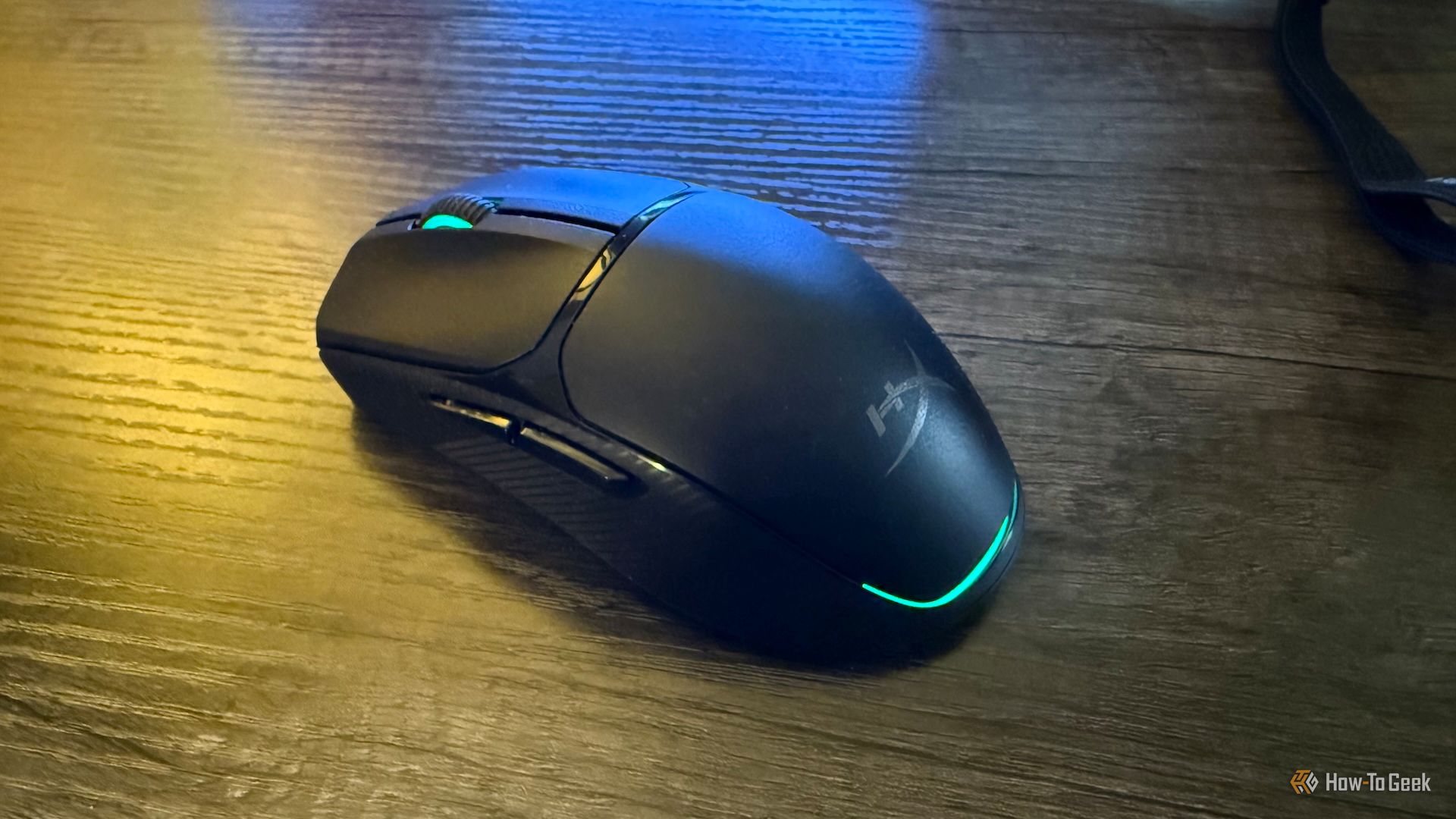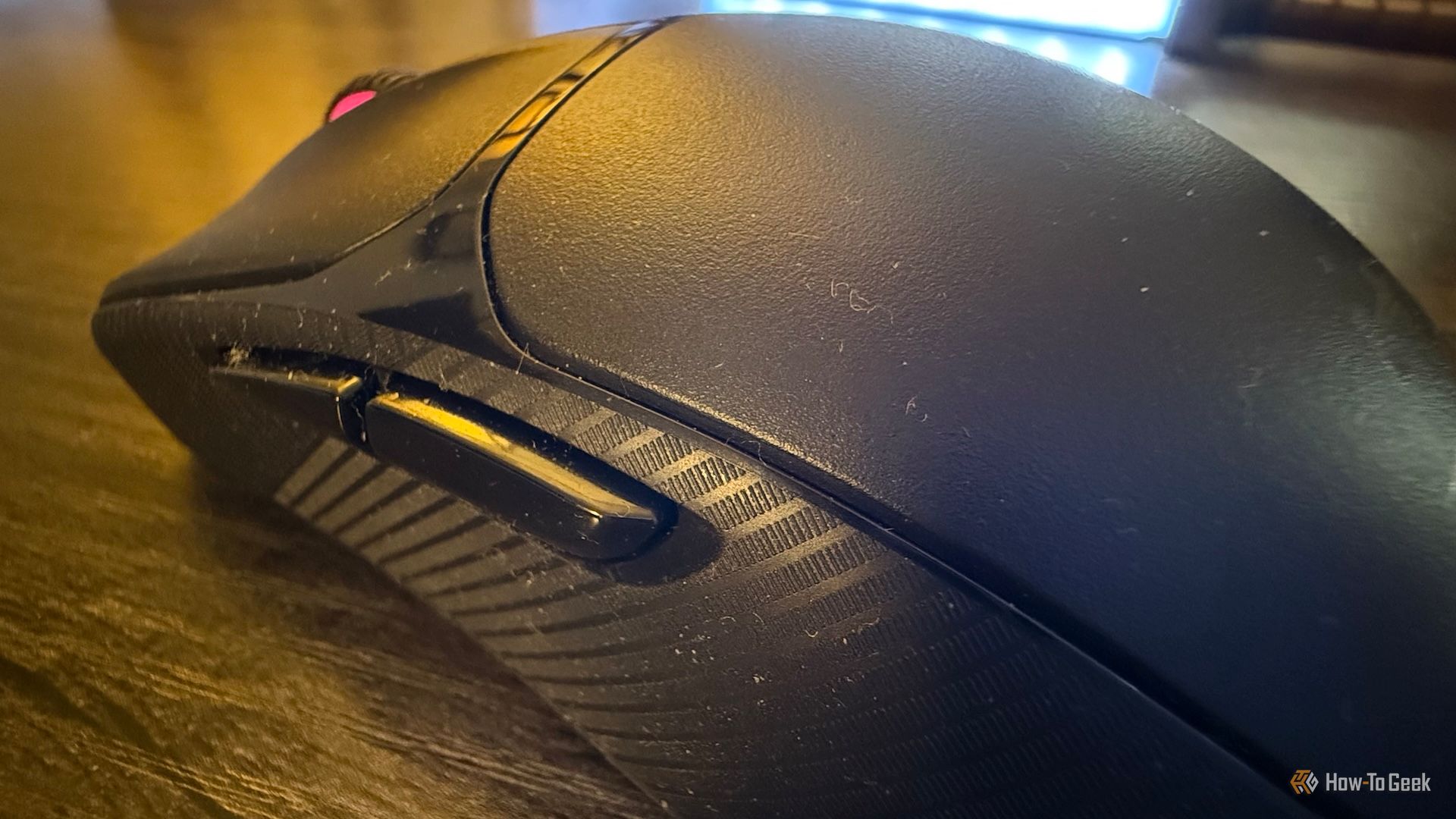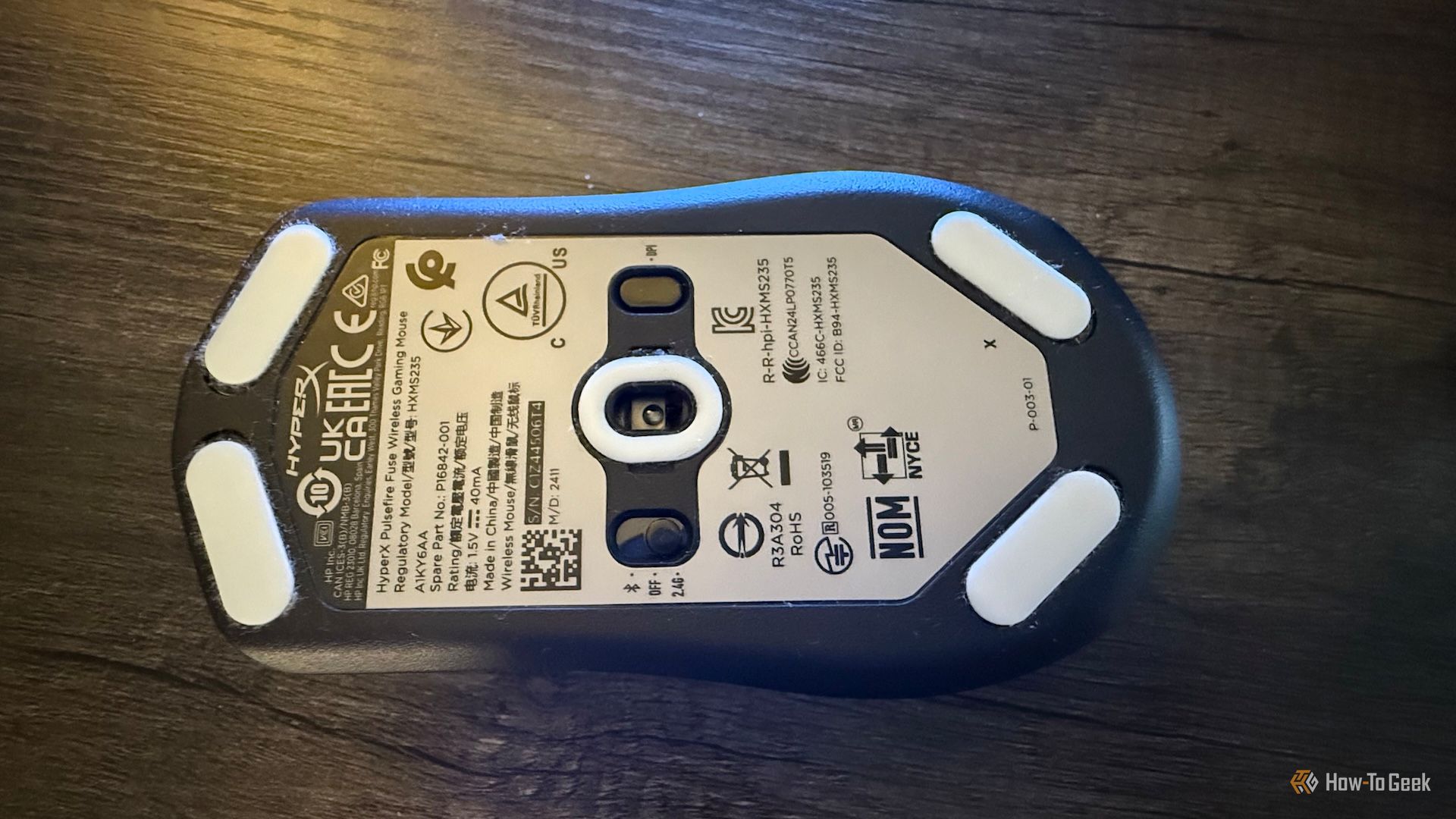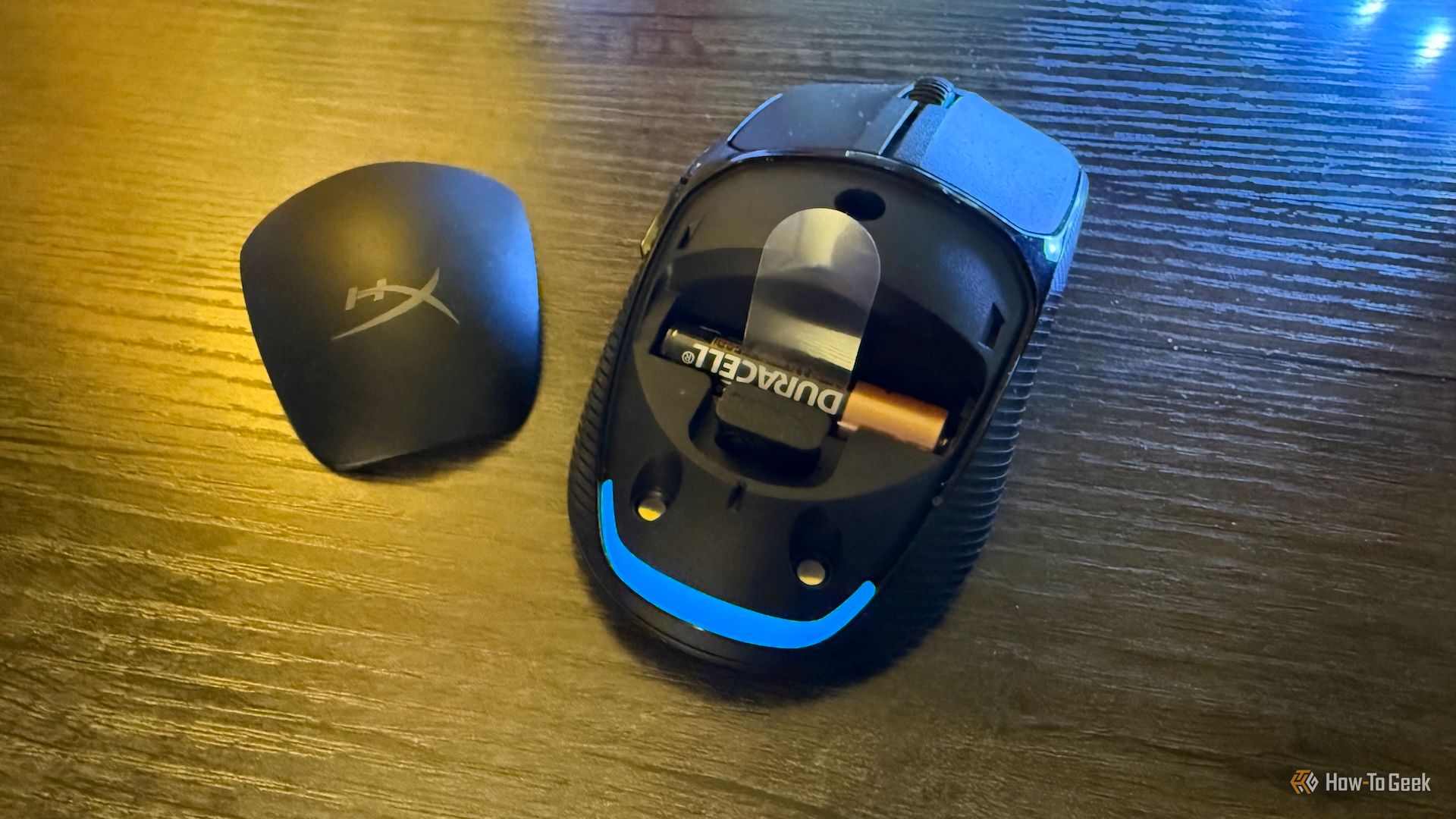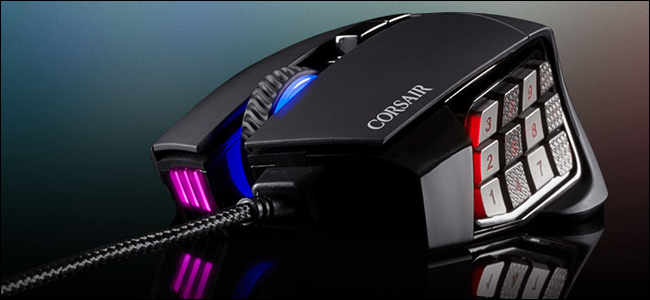Summary
- The HyperX Pulsefire Fuse is a budget gaming mouse that delivers good wireless performance and is moderately lightweight, yet still bottoms out due to cheap components.
- Some of the issues are an uncomfortable design that isn’t ambidextrous as advertised, bad side buttons, and a design that’s too small for medium and large hands.
- Customization options are minimal and barely worth downloading HyperX’s app for, though the 12,000 DPI maximum should suit most players’ needs.
Since the quality of a mouse can make or break the PC gaming experience, the budget market has to ride a fine line between making the right sacrifices without feeling cheap. The HyperX Pulsefire Fuse is a prime example of the wrong concessions being made.
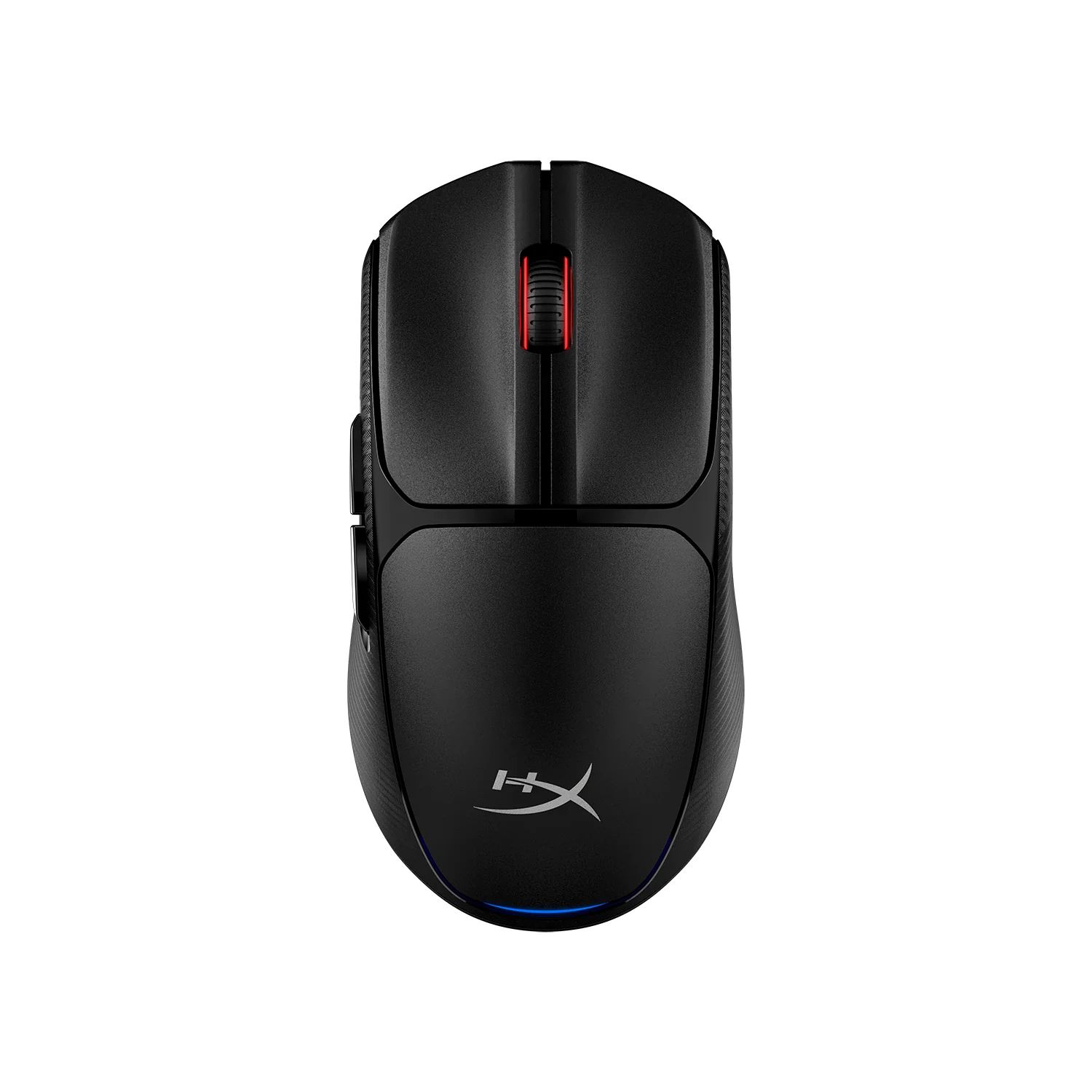
HyperX Pulsefire Fuse
Wireless gaming mouse with a 1000 Hz polling rate over 2.4 GHz, a weight of 75 grams (AAA battery included), and 85 hours of battery life.
- Good battery life
- Mouse buttons are solid
- 1000 Hz polling rate via 2.4 GHz
- Most components feel cheap
- Ambidextrous design doesn’t work in practice
- Only a good fit for small hands
- Very limited software customization
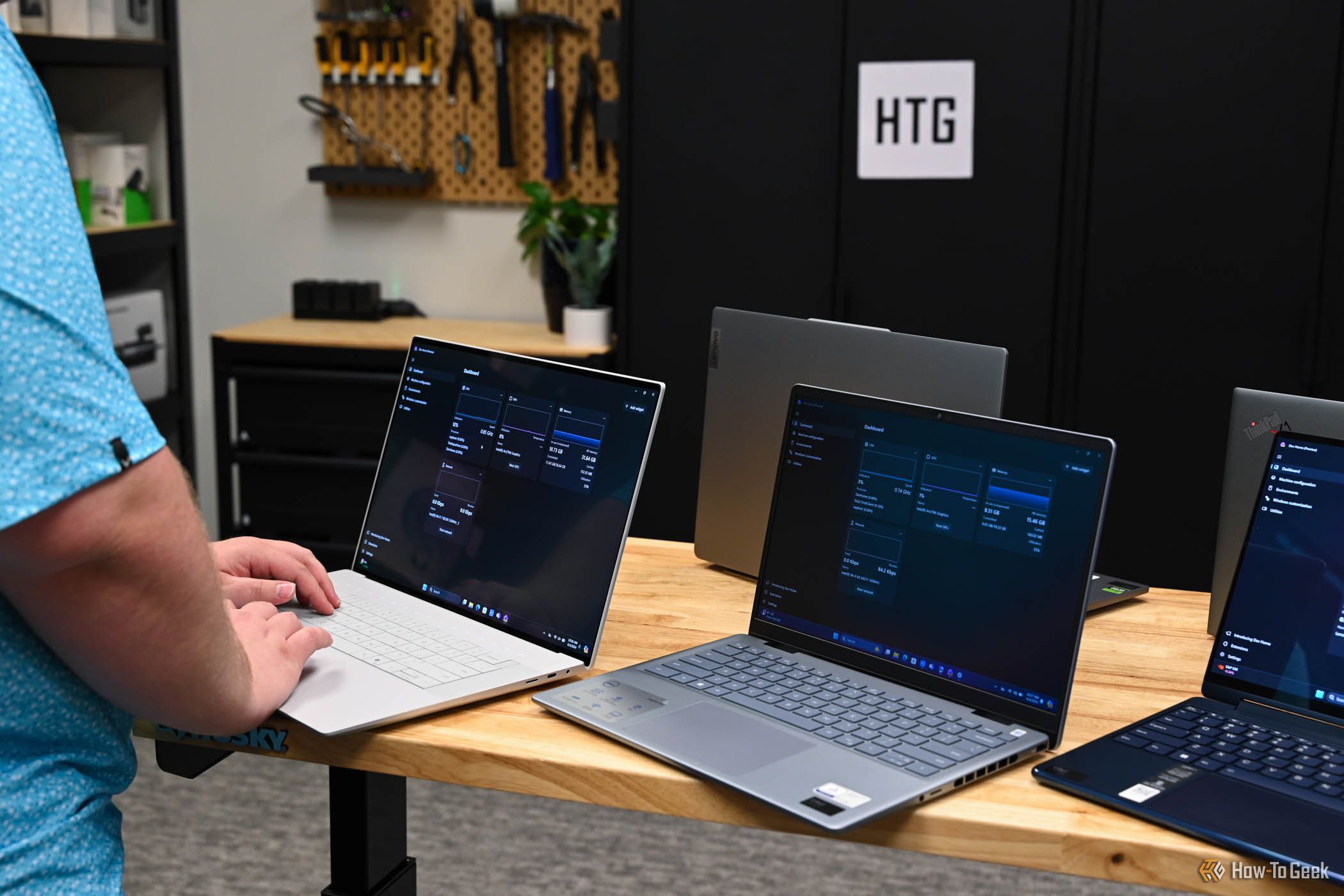
See Our Process
How We Test and Review Products at How-To Geek
We go hands-on with every product to ensure it’s worth your time and money.
Price and Availability
The HyperX Pulsefire Fuse retails for $49.99 and comes exclusively in black. Included in the box is a USB-A 2.4 GHz adapter, one AAA battery, and a storage pouch.
What the Mouse Gets Right
Before digging into where the HyperX Pulsefire Fuse goes awry, let’s talk about where it satisfies well enough.
The wireless connectivity works without issue, with the 2.4 GHz mode offering the industry-standard 1000 Hz polling rate. Its maximum resolution of 12,000 DPI is also going to be plenty enough for nearly any user. The mouse buttons are also solid, with a satisfying and reliable click that doesn’t require much force.
Rounding this off is a weight of 75 grams (calculated by HyperX when an AAA battery is inserted). You’re not going to find a much lighter mouse that doesn’t have a rechargeable battery, something not common at the $50 or lower price point. I also found the battery that came with the mouse lasted me a good few weeks of regular use before I swapped it out. The choice to go for a lighter AAA instead of a longer-lasting AA was a smart one that shouldn’t cause any need for concern about battery life.
One last bit of praise: it’s super easy to remove the top cover of the mouse to replace the battery. There’s even a nifty slot to store the 2.4 GHz receiver if you’re using the mouse in Bluetooth mode or need to travel with it. (The included pouch makes this use-case all the more viable.)
Cheap Components Everywhere
Unfortunately, context is king when it comes to these upsides, and none of that context works in the HyperX Pulsefire Fuse’s favor.
Simply put, it doesn’t feel good to use this mouse. It’s both small and low-profile, making it so all but the smallest hands will need to hover above it and drag their wrist behind it, even using a claw grip. This wrist friction counteracts the mouse’s moderately light weight.
Also, the attempt at an ambidextrous design backfired here, as the stiff, protruding side buttons make left-handed use uncomfortable to the point that I found it unusable. Speaking as a lefty myself, I’d have preferred a more comfortable right-handed button orientation. In all fairness, few mice truly accommodate ambidextrous use, but HyperX made this a major part of the Pulsefire Fuse’s marketing and in turn less forgivable.
The mouse’s two side buttons are a low point in general. They’re small, uncomfortably rounded, and made of glossy plastic that feels utterly cheap. Getting my thumb in position to press them is unnatural and actually pressing them is uncomfortable given their stiffness. This means they’re not suited for quick reactions, and I eventually ignored them altogether despite being a feature I regularly use on other gaming mice. If you’re like me, this will be a complete non-starter for you.
The scroll wheel is similarly small. It’s less of a hindrance than the side buttons, but not conducive to comfortable gaming or web browsing. This is the type of cutback that would feel more acceptable in a budget controller if other areas were of a higher quality, but since they aren’t, it only emphasizes the budget nature of the mouse further.
Some other aspects I didn’t love included the rough grip texture etched into the sides of the plastic, and the small skates which create undue friction and—possibly because they’re too small for the divots made for them—cause the mouse to scrape against surfaces. They’re also magnets for dust buildup, something that became apparent within only a few weeks of testing.
The Customization Falls Flat
HyperX touts the customization features of the Pulsefire Fuse, but it’s not much more than a marketing gimmick. Yes, the customization works (and the HyperX NGENUITY app is pretty solid), but there are so few options that it doesn’t even feel worth downloading.
The app can control three aspects of the mouse: DPI profiles that can be swapped between using a button on the bottom of the mouse, the functions of mouse buttons (something usually overwritten by in-game settings anyway), and the RGB lighting.
On this last point, the RGB is really unimpressive here. The setup consists of a strangely shaped strip facing the user and a light ring inside the scroll wheel. It’s good for little more than acknowledging the controller is awake, but don’t expect this to complement your RGB gaming setup in any aesthetically meaningful way. I’d rather RGB have been cut entirely in order to fund upgrades to other ailing aspects of the controller.
Should You Buy the HyperX Pulsefire Fuse?
While HyperX has its fair share of well-regarded mice, its attempt at cornering the low-end market with the HyperX Pulsefire Fuse just doesn’t pan out. There are tons of other mice you may want to consider at this price point instead. The Logitech G305 Lightspeed is a highly regarded choice, and it’s often discounted beneath its $49.99 retail price.
If you’re looking to stay in the HyperX family and are willing to pay a premium, How-To Geek was so impressed by the company’s new modular Pulsefire Saga line that we awarded it our favorite mouse of CES 2025.

HyperX Pulsefire Fuse
Wireless gaming mouse with a 1000 Hz polling rate over 2.4 GHz, a weight of 75 grams (AAA battery included), and 85 hours of battery life.


